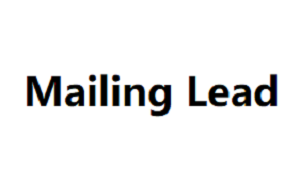Looking to learn what canonical tags are, and how to use them to avoid dreaded duplicate content issues? Canonical tags are nothing new. They’ve been around since 2009—the best part of a decade. Google, Microsoft and Yahoo united to create them. Their aim? To provide website owners with a way to solve duplicate content issues quickly and easily. Do they work? Yes, perfectly… but only if you know how to use them! In this guide, you’ll learn: Google doesn’t like duplicate content. It makes it harder for them to choose: Which version of a page to index (they’ll only index one!).
Which version of
A page to rank for relevant queries. Whether they should consolidate “link equity” on one page, or split it between multiple versions. Too much duplicate content can company data also affect your “crawl budget.” That means Google may end up wasting time crawling multiple versions of the same page instead of discovering other important content on your website. Given that you probably haven’t been publishing the same posts and pages multiple times, it’s easy to assume that your website has no duplicate content. But search engines crawl URLs, not web pages. That means that they see example.com/product and example.com/product?color=red as unique pages, even though they’re the same web page with identical or similar content.
These are called parameterized
URLs, and they’re a common cause of duplicate content, especially on ecommerce sites with faceted/filtered navigation. For example, Brown Bag Clothing sells shirts. This Mailing Lead is the URL for their main category page: In these situations, the proper use of canonical tags is crucial. Furthermore, cross-domain duplicate content issues are also a thing. If you’re syndicating content it’s best practice to use a self-referential canonical tag on your article and to have the syndicated content specify you as the canonical version with a cross-domain canonical tag. This doesn’t always prevent the syndicated content from showing up in the search results, but it does help lessen the risk of it outranking the original. Google states that non-canonical pages shouldn’t be included in sitemaps. Only canonical URLs should be listed. That’s because Google sees the pages listed in a sitemap as suggested canonicals.

